A good night’s sleep is essential for your health, energy, and overall well-being. While most people focus on soft bedding, blackout curtains, or soothing music for better sleep, one of the simplest and most natural ways to improve your sleeping environment is by adding the right indoor plants to your bedroom.
Plants not only beautify a space but also purify the air, reduce stress, increase oxygen levels, and promote a calming atmosphere — all vital for deep, restful sleep. In this guide, you’ll discover how to create a sleep-friendly space with plants, which species to choose, how to arrange them, and tips to care for them so they thrive while you snooze.
Why Plants Are Perfect for Your Sleep Environment
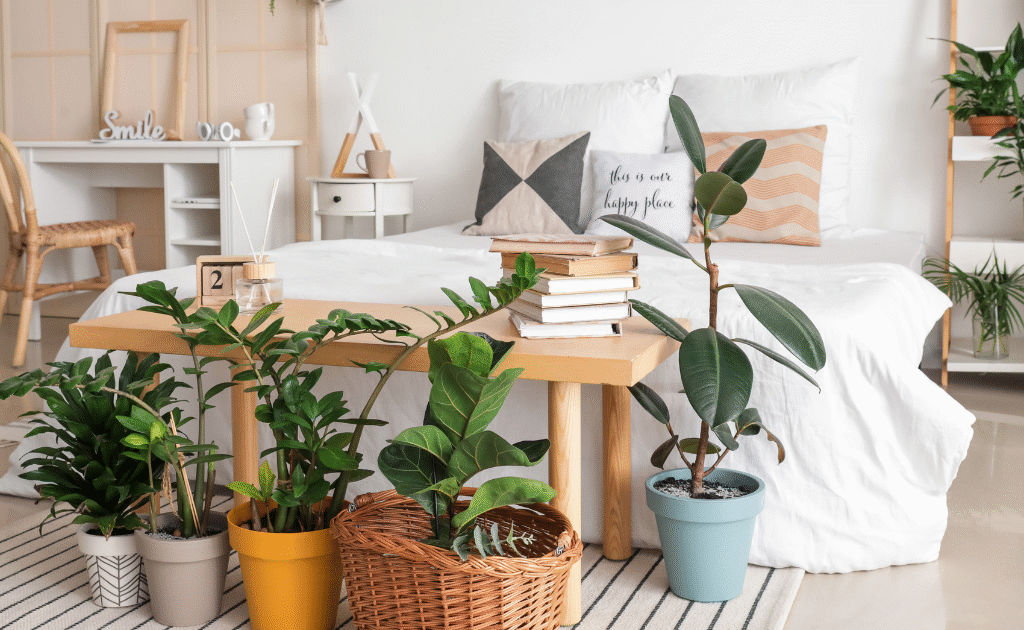
Before diving into plant options, let’s understand how plants help you sleep better:
- Purify indoor air: Many plants naturally filter out toxins like formaldehyde, benzene, and carbon monoxide.
- Release oxygen: Certain species release oxygen at night, improving air quality and aiding better breathing during sleep.
- Increase humidity: Plants raise humidity, easing dry skin, respiratory irritation, and sinus problems.
- Reduce stress: Greenery has a proven calming effect on the mind, lowering anxiety and promoting tranquility.
- Create a peaceful aesthetic: A room filled with nature-inspired elements feels serene, relaxing, and perfect for unwinding.
10 Best Plants for a Sleep-Friendly Bedroom
Not every plant is ideal for the bedroom. Here’s a curated list of air-purifying, oxygen-producing, and stress-relieving plants perfectly suited for your sleep space:
1. Snake Plant (Sansevieria trifasciata)
Why It’s Great:
Releases oxygen at night while filtering out toxins like formaldehyde and benzene. Hardy, stylish, and practically indestructible.
Care Tips:
- Tolerates low to bright indirect light
- Water every 2–4 weeks
- Prefers well-draining soil
Best Spot: Beside your bed or near a window.
2. Aloe Vera
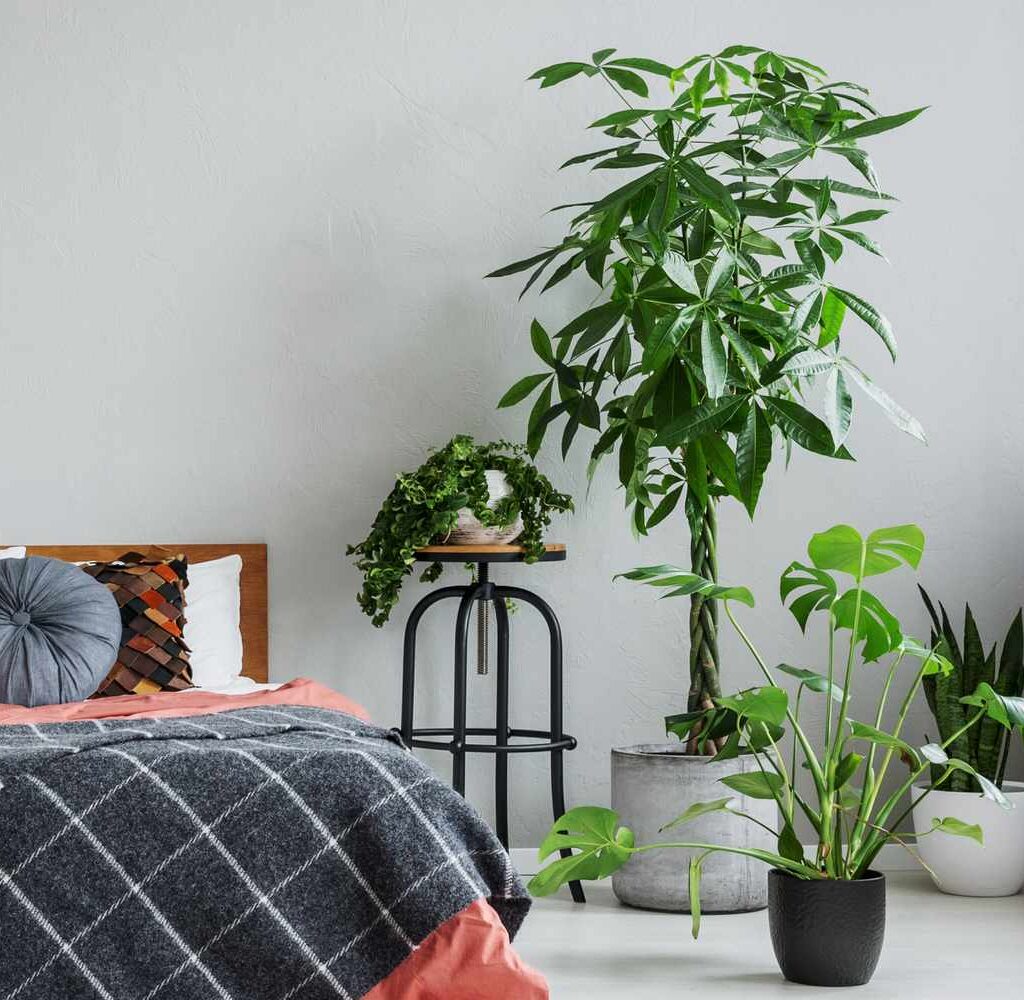
Why It’s Great:
A natural healer and air purifier, aloe vera releases oxygen at night, improving air circulation in your bedroom.
Care Tips:
- Needs bright, indirect sunlight
- Water when soil is dry
- Avoid overwatering
Best Spot: On a windowsill or dresser.
3. Peace Lily (Spathiphyllum)
Why It’s Great:
Filters ammonia, benzene, and other indoor pollutants while increasing humidity and adding elegant white blooms to your room.
Care Tips:
- Thrives in low to medium light
- Keep soil slightly moist
- Wipe leaves regularly
Best Spot: Bedroom corner or side table.
4. Areca Palm (Dypsis lutescens)
Why It’s Great:
Acts as a natural humidifier and oxygen booster. It removes airborne toxins while creating a tropical, spa-like atmosphere.
Care Tips:
- Prefers bright, indirect light
- Keep soil evenly moist
- Mist occasionally
Best Spot: A bedroom corner or near a window.
5. Lavender (Lavandula)
Why It’s Great:
Known for its calming fragrance, lavender lowers heart rate, reduces stress, and improves sleep quality.
Care Tips:
- Needs bright, direct light
- Water when soil feels dry
- Avoid overly moist soil
Best Spot: Near a sunny window.
6. Spider Plant (Chlorophytum comosum)
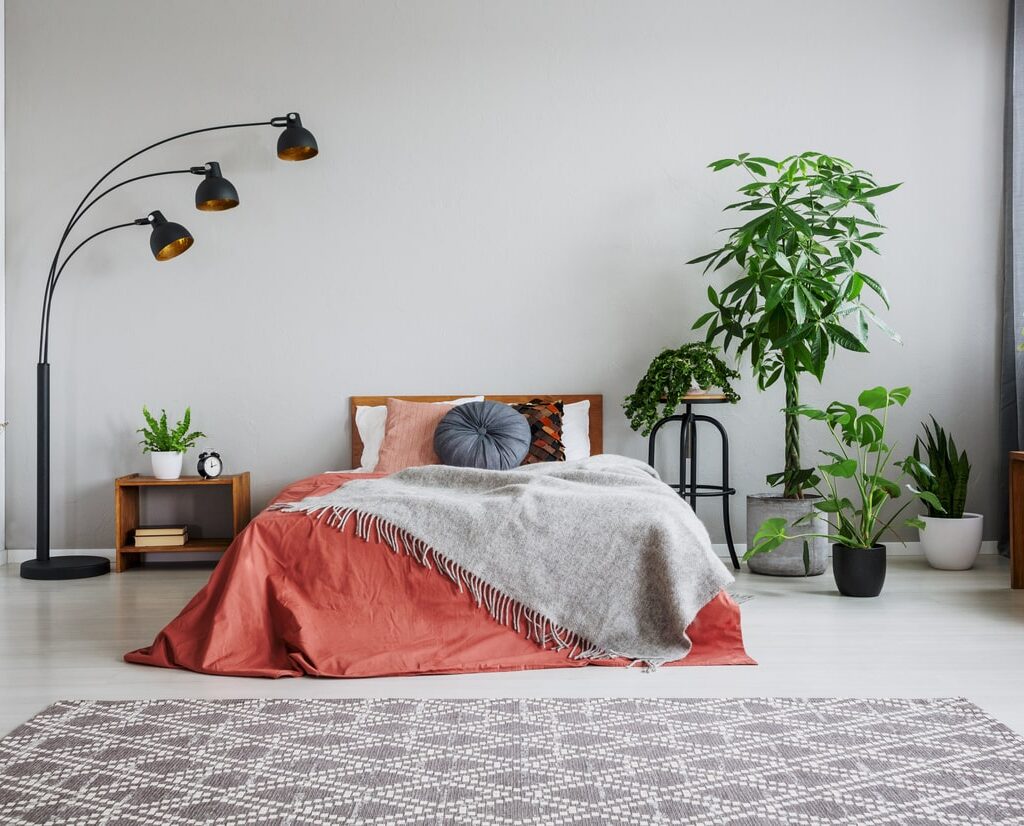
Why It’s Great:
Absorbs carbon monoxide, formaldehyde, and toxins while releasing oxygen, making it ideal for bedrooms.
Care Tips:
- Prefers bright, indirect light
- Water when topsoil feels dry
- Trim brown leaves
Best Spot: Shelf, windowsill, or hanging basket.
7. Valerian (Valeriana officinalis)
Why It’s Great:
The root of valerian is famous for its sleep-inducing properties, but the plant itself also releases a gentle, calming fragrance.
Care Tips:
- Loves full sun
- Keep soil slightly moist
- Needs good air circulation
Best Spot: Near a sunny window or balcony access.
8. Gerbera Daisy (Gerbera jamesonii)
Why It’s Great:
One of the few flowering plants that releases oxygen at night. Its colorful blooms brighten the bedroom while purifying the air.
Care Tips:
- Needs bright, indirect light
- Water when soil feels dry
- Remove faded flowers
Best Spot: Bedside table or windowsill.
9. English Ivy (Hedera helix)
Why It’s Great:
Excellent for removing airborne mold and toxins — great for allergy sufferers.
Care Tips:
- Prefers bright, indirect light
- Keep soil moist
- Trim regularly
Note: Toxic to pets, so place it out of reach.
10. Tulsi (Holy Basil)

Why It’s Great:
Releases oxygen continuously, absorbs carbon dioxide and pollutants, and its calming aroma reduces stress and anxiety.
Care Tips:
- Requires 4–6 hours of direct sunlight
- Keep soil slightly moist
- Prune regularly
Best Spot: Near a sunny window or on a balcony.
How to Arrange Plants for Maximum Sleep Benefits
To create a peaceful, plant-filled bedroom:
- Position oxygen-producing plants like snake plant and aloe vera on bedside tables
- Use tall plants like areca palm or peace lily in room corners
- Keep flowering plants like lavender and gerbera daisy near windows
- Avoid over-cluttering — 2–5 plants are ideal for a medium-sized room
- Combine hanging plants (like spider plants or ivy) with floor-standing options for balance
- Use decorative pots to complement your room’s color palette and mood
Simple Plant Care Tips for Sleep-Friendly Bedrooms
To keep your bedroom plants thriving:
- Rotate them every 2–4 weeks for even growth
- Wipe leaves with a damp cloth to remove dust
- Check soil moisture before watering — most plants dislike soggy soil
- Ensure drainage holes in pots to prevent root rot
- Mist tropical plants or use a small humidifier in dry seasons
- Avoid over-fertilizing — a monthly dose during spring and summer is enough
Additional Sleep-Enhancing Tips
Pair your plant-friendly bedroom with other natural sleep aids:
- Dim lights in the evening to signal bedtime
- Use calming essential oils like lavender or chamomile
- Maintain a cool room temperature (around 65°F or 18°C)
- Keep electronic devices out of reach at bedtime
- Listen to nature-inspired ambient sounds or soft instrumental music
Final Thoughts
Creating a sleep-friendly space with plants is one of the simplest, most rewarding ways to transform your bedroom into a calm, healthy retreat. These oxygen-boosting, air-purifying, stress-reducing plants not only improve your environment but also promote deeper, more restorative sleep.
Whether you’re a seasoned plant parent or a beginner, these easy-care bedroom plants are perfect for nurturing your well-being, night after night.
So why wait? Bring a few of these natural sleep aids into your bedroom today and enjoy cleaner air, reduced stress, and better sleep — naturally.

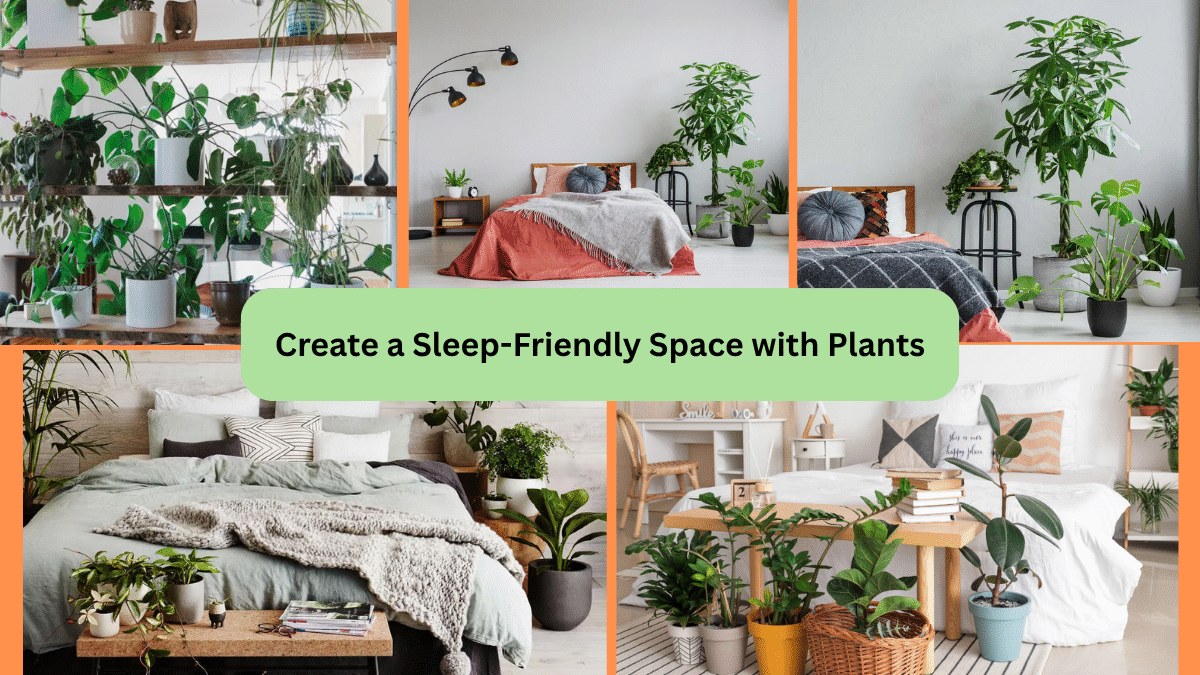
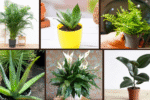



Leave A Comment